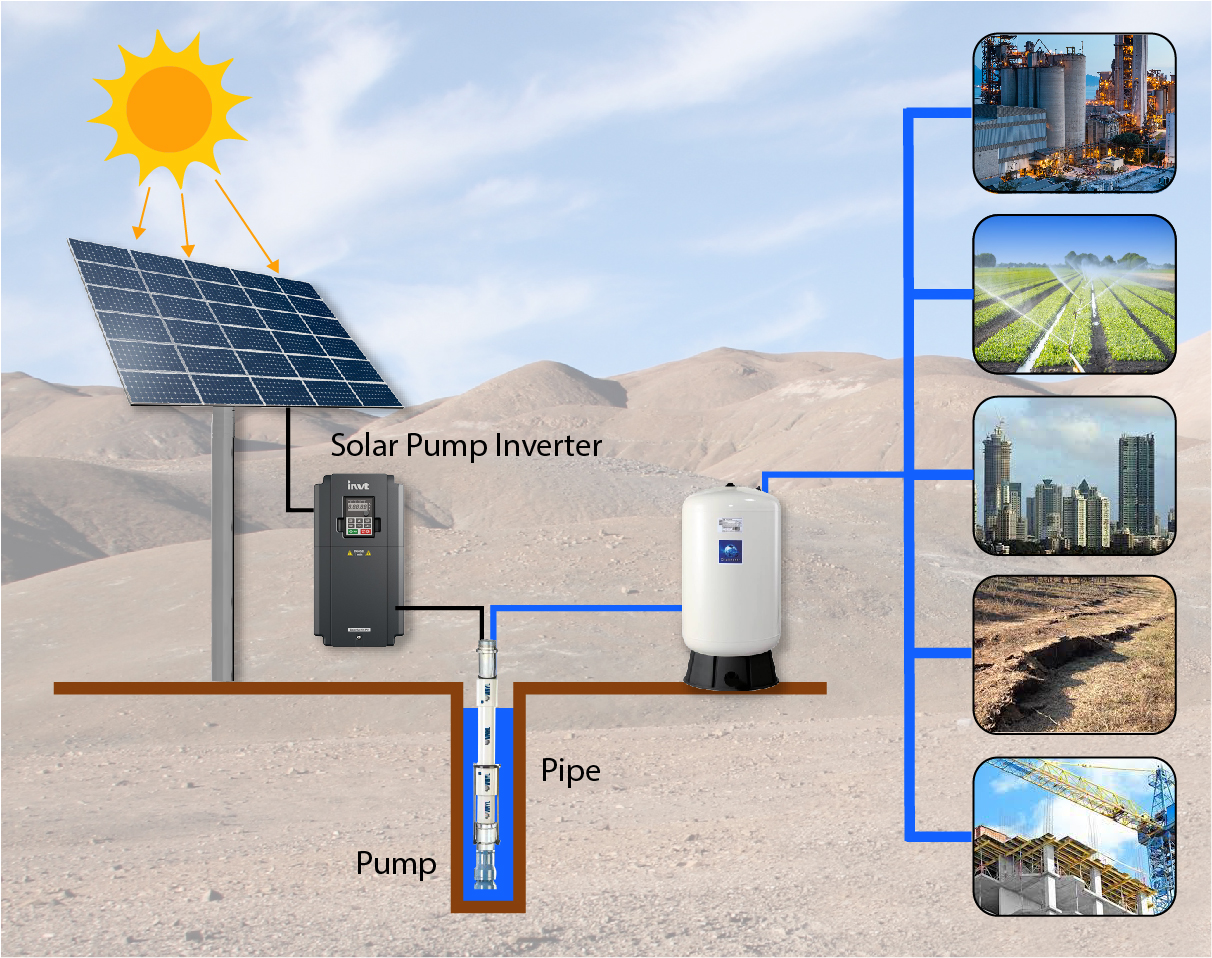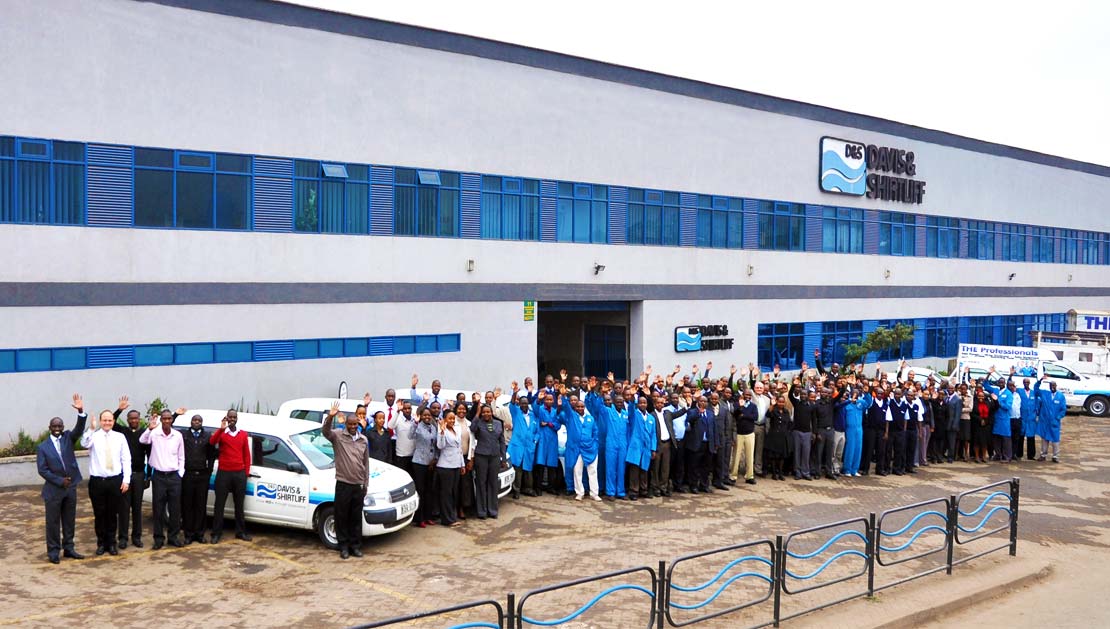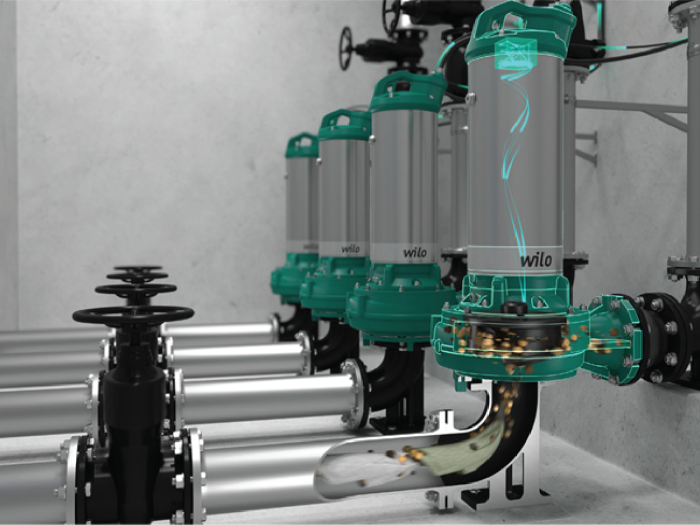In an era where sustainable and eco-friendly solutions are gaining paramount importance, the integration of solar pumping technology is revolutionizing the way we access and utilize water resources. From agriculture to community water supply, solar pumping solutions offer a clean, efficient, and cost-effective alternative to traditional pumping systems. In this article, we explore the myriad benefits and transformative impact of solar pumping solutions on various sectors.
The Rise of Solar Pumping Solutions:
Traditional water pumping systems, often reliant on fossil fuels or electricity from the grid, come with inherent challenges such as high operational costs, carbon emissions, and dependency on centralized power sources. Solar pumping solutions address these issues by harnessing the abundant and renewable energy of the sun to power water pumps.
Solar pumps consist of photovoltaic (PV) panels that convert sunlight into electricity, powering the pump to draw water from wells, boreholes, or surface sources. This sustainable approach not only reduces operational costs but also minimizes the carbon footprint associated with water pumping activities.
Benefits for Agriculture:
Agriculture, as a water-intensive industry, stands to gain significantly from the adoption of solar pumping solutions. In many developing regions, farmers face challenges accessing reliable and affordable energy sources for irrigation. Solar pumps offer a decentralized and off-grid solution, empowering farmers to harness the sun’s energy for crop irrigation.
The scalability of solar pumping systems allows farmers to choose systems that match their specific water requirements, making it accessible for smallholder farmers and large agricultural enterprises alike. Additionally, the reliability of solar-powered pumps contributes to increased crop yields and improved water-use efficiency, fostering sustainable agricultural practices.
Community Water Supply:
In rural and remote areas where access to electricity is limited, traditional water pumping solutions can be impractical and expensive. Solar pumping systems offer a lifeline for these communities by providing a sustainable and independent source of water. Village wells and boreholes can be equipped with solar pumps, ensuring a constant and reliable water supply for drinking, sanitation, and other domestic needs.
The decentralized nature of solar pumping also enhances community resilience, reducing vulnerability to power outages and disruptions. As a result, solar pumping solutions play a crucial role in improving the overall quality of life in off-grid and underserved communities
Environmental Sustainability:
One of the most compelling aspects of solar pumping solutions is their positive impact on the environment. By harnessing solar energy, these systems eliminate the need for fossil fuels, thereby reducing greenhouse gas emissions and mitigating climate change. The transition to solar-powered pumps aligns with global efforts to achieve sustainable development goals and create a greener and cleaner future.
Moreover, solar pumping systems require minimal maintenance, leading to lower environmental impact compared to conventional pumping technologies. Reduced dependence on non-renewable resources and the integration of sustainable practices contribute to the conservation of ecosystems and biodiversity.
Challenges and Future Outlook:
While the benefits of solar pumping solutions are substantial, challenges such as initial setup costs and the need for technical expertise can pose barriers to widespread adoption. Governments, NGOs, and private sector entities can play a crucial role in overcoming these challenges by providing financial incentives, technical support, and awareness campaigns.
As technology advances and economies of scale come into play, the costs associated with solar pumping solutions are expected to decrease, making them even more accessible to a broader range of users. The future outlook for solar pumping is promising, with ongoing research and innovation driving the development of more efficient and affordable systems.
Conclusion:
In conclusion, solar pumping solutions represent a beacon of hope in the quest for sustainable and equitable water access. From empowering farmers to providing clean water in remote communities, the transformative power of solar pumping extends across various sectors. As we continue to embrace clean energy solutions, solar pumping stands as a shining example of how harnessing the sun’s energy can illuminate a path towards a more sustainable and resilient future.





